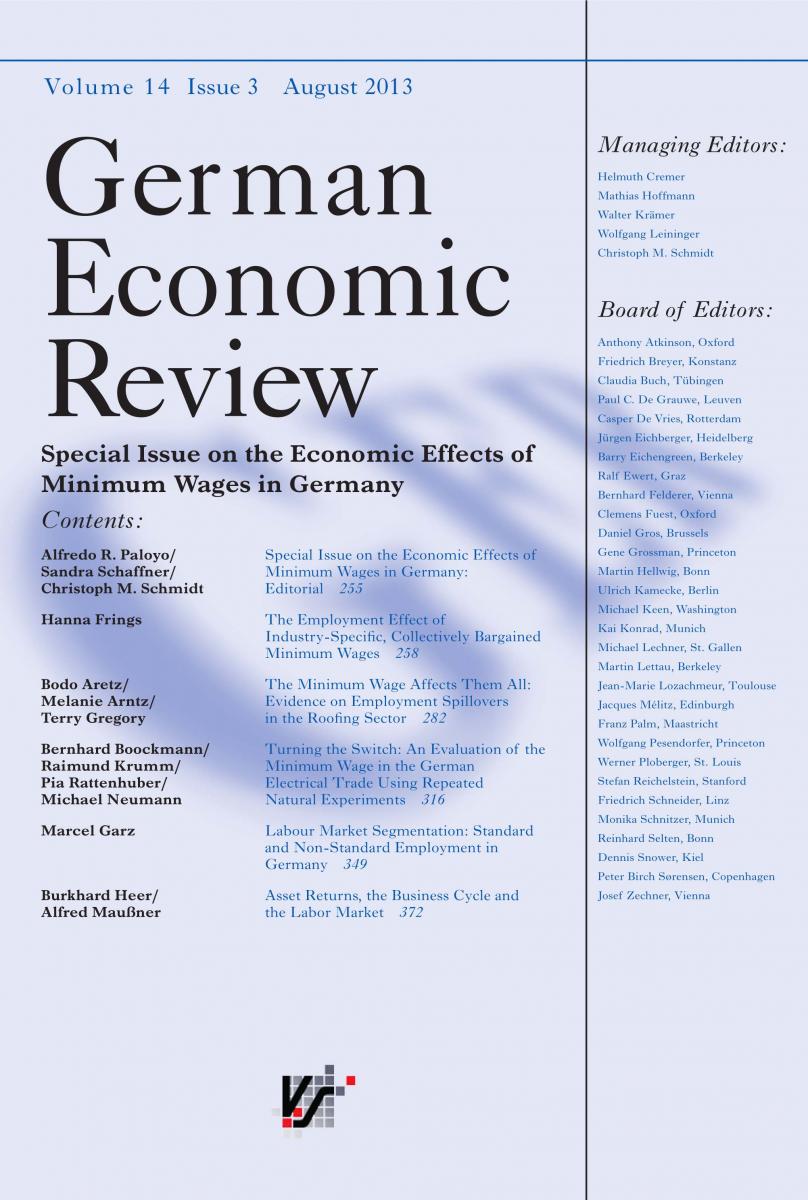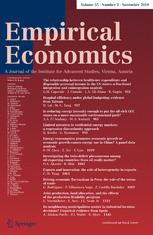Dr. Rolf Scheufele

Aktuelle Position
seit 3/12
Research Affiliate
Leibniz-Institut für Wirtschaftsforschung Halle (IWH)
seit 3/12
Wirtschaftswissenschaftler
Schweizerische Nationalbank
Forschungsschwerpunkte
- angewandte Ökonometrie
- makroökonomische Modellierung
Rolf Scheufele ist seit März 2012 Research Affiliate am IWH. Seine Forschungsinteressen liegen auf dem Gebiet der angewandten Ökonometrie und der makroökonometrischen Modellierung.
Rolf Scheufele arbeitet bei der Schweizerischen Nationalbank. Zuvor war er am IWH tätig.







